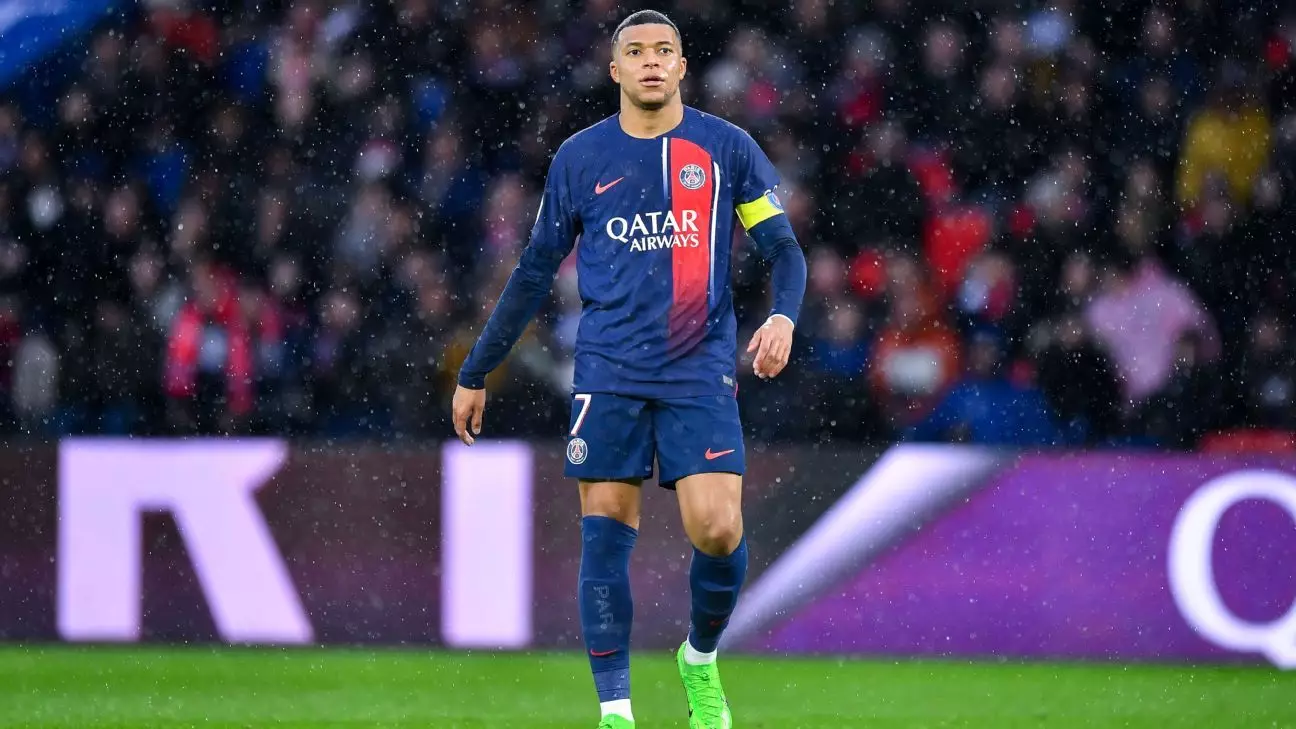In a recent annual report by UEFA on the financial landscape of European club football, a detailed analysis of the top-earning clubs in terms of replica kit sales was presented. The report showcased the merging of kit manufacturer sponsorship revenues with total merchandising revenues for each club, providing insights into the global popularity of these clubs based on their official apparel.
Over the years, revenues from kit sales and merchandising have seen a significant increase, rising by approximately 60 percent since 2019. The post-pandemic era has witnessed a surge in the popularity of elite European football, coupled with the growing trend of commercialization in the sport. This has led to a booming industry where clubs are not only competing on the field but also in terms of their commercial appeal.
The top 10 clubs in UEFA’s kit revenue breakdown predominantly hail from the top leagues in European football. Notably, clubs from the Premier League, LaLiga, Serie A, and Ligue 1 feature prominently in the list. Each club’s unique strategies, such as long-term kit supply deals and innovative designs, have played a crucial role in their global kit revenue rankings.
Clubs like Paris Saint-Germain have leveraged their collaboration with Michael Jordan’s “Jumpman” brand to boost their kit sales. The presence of global superstars like Kylian Mbappé has further enhanced PSG’s commercial appeal, placing them on the cusp of cracking the €100 million threshold in kit revenue. Similarly, clubs like Arsenal have focused on high-concept kits and designer collaborations to elevate their merchandising revenue, illustrating the importance of strategic partnerships in driving commercial success.
Traditional powerhouses like Manchester United and Real Madrid continue to dominate the global merchandising landscape. With lucrative sponsorship deals and a strong global presence, these clubs have established themselves as commercial giants in the football industry. Despite fluctuations in overall kit revenue, clubs like Liverpool and Bayern Munich have maintained their commercial success through long-standing relationships with kit suppliers like Adidas.
The ranking of clubs in terms of kit revenue is a reflection of the evolving landscape of European club football. While traditional heavyweights like Barcelona and Real Madrid continue to command significant merchandising revenue, newer entrants like Paris Saint-Germain are making strides in the commercial arena. The increasing commercialization of football has reshaped the way clubs approach kit deals and merchandising, highlighting the importance of brand image and global appeal.
The annual report by UEFA provides valuable insights into the evolving trends in kit revenue and merchandising among European clubs. As the commercial aspects of football continue to grow in prominence, clubs are faced with the challenge of balancing on-field success with off-field commercial viability. By leveraging strategic partnerships, innovative designs, and global brand appeal, clubs can enhance their kit revenue and establish a strong commercial foothold in the competitive world of European club football.

Leave a Reply